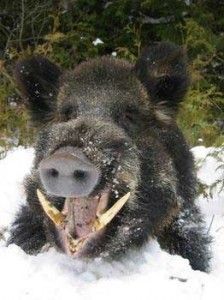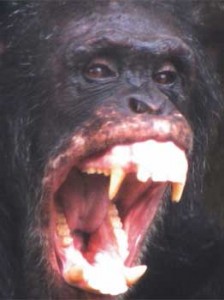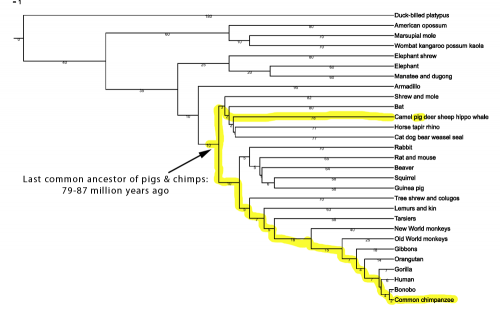I just got home, and now we’re all busily preparing at la Maison Pharyngula for Convergence/SkepchickCON. Somehow I have to watch Prometheus in preparation for our evening of scathing commentary, collect pictures of penises, and get party room decorations together. Fortunately, Mary is doing much of the dirty work of getting stuff organized.
Y’all are coming out, right? We wouldn’t want all this work to go to waste. Also, we all need to lose our minds together. It’s more fun that way.
Also, do I need to remind you? The Freethoughtblogs Brains party room will be in 228 in the Doubletree, right next to the Skepchick party room. 8pm-1am Thurs/Fri/Sat night. All the cool people will be there.






